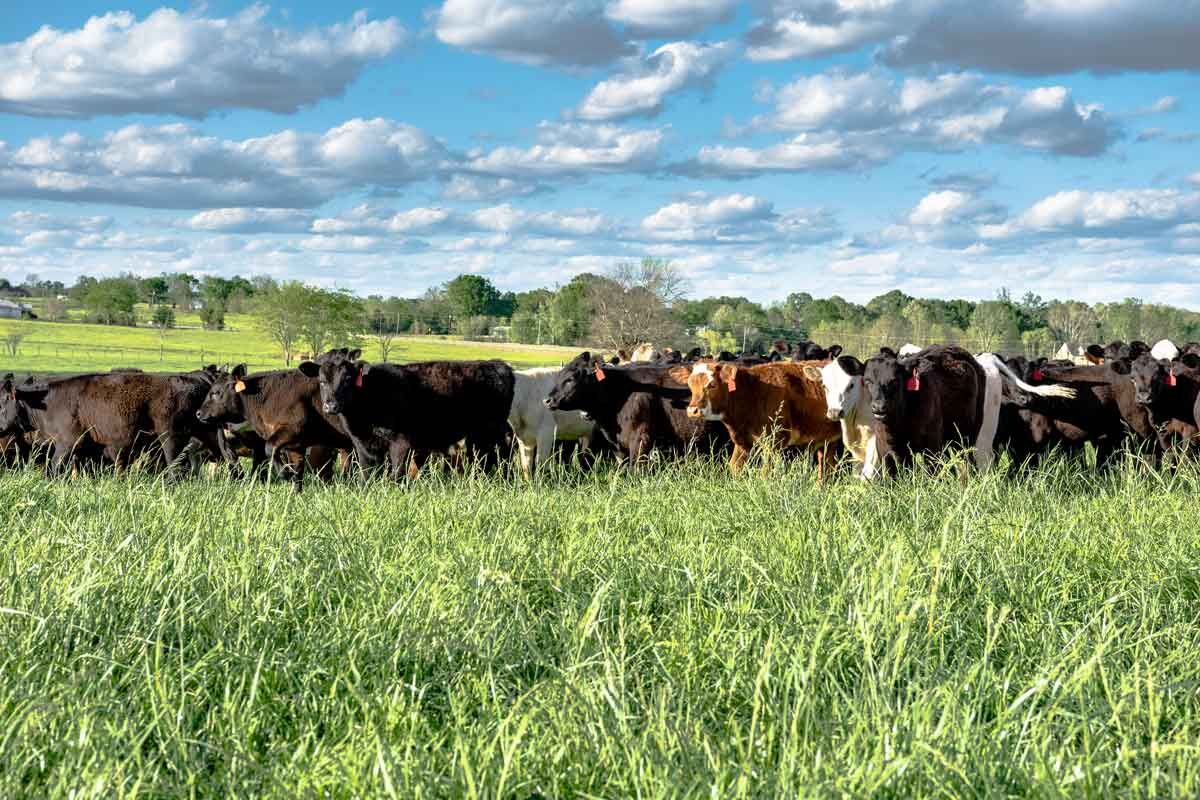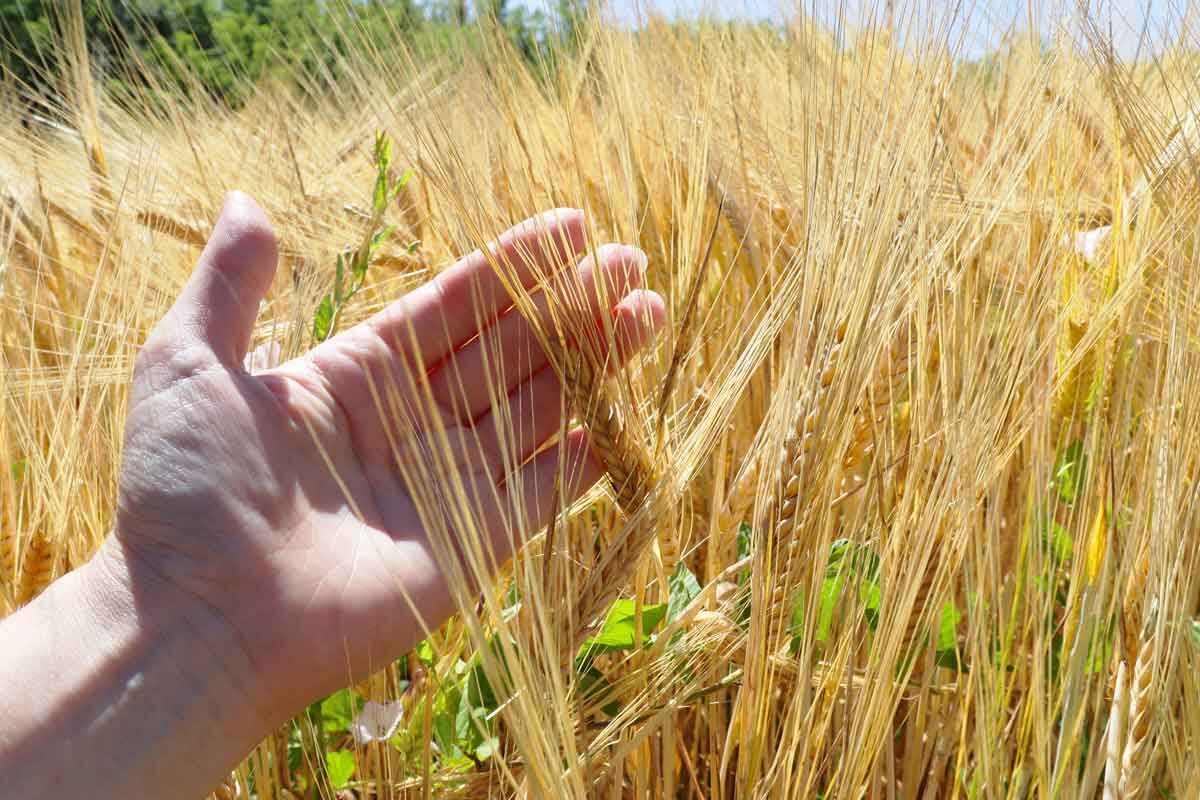Rural Insight -
Regenerative farming goes under spotlight

At its simplest, regenerative agriculture has its roots in the United States, and endeavours to literally regenerate farm soil systems. In the United States, it grew from a need to restore often heavily depleted, eroded, and cultivated topsoil. It revolved around minimal soil disturbance practices and maximum replenishment through biological means including diverse pastures and crops upon those soils.
Now along with changing consumer preferences, the opportunity for commercialisation of regenerative agriculture products is growing.
Overseas, large food producing heavy hitters such as General Mills and Unilever have committed investment to build up knowledge of effective regenerative farming methods, while also setting some area targets for land to be farmed regeneratively.
General Mills, the United States’ largest natural and organic packaged food company, has committed to convert one million acres (400,000ha) to regenerative farming systems by 2030 as part of its sustainability goals.
The company sees regenerative farming as one of the biggest levers it can pull to reduce the impact of food production on climate change.
Unilever has committed an impressive US$100 million to back companies focused on regenerative agriculture techniques through an impact fund to focus on protecting soil health, supplying regenerative ingredients and technology to speed up the use of regenerative agriculture in the food supply chain.
Here in New Zealand in some cases regenerative practices have been part of the farming landscape for generations and businesses like New Zealand Merino have been able to naturally capitalise on the associated commercial opportunity.
There appears to be continued efforts to make room for regenerative agriculture with the concept attracting millions in funding, particularly through two key projects in the past six months.
Massey University is now engaged in a seven year $26 million trial that will compare conventional and regenerative practices to find their benefits or otherwise in a New Zealand farming context.
Head of the study, Professor Danny Donaghy, says the trial will be invaluable in putting practices into a New Zealand context, ultimately determining if diverse pastures and regenerative practices are well-suited to New Zealand dry stock and dairy farms.
In Canterbury, Ngai Tahu Farming has received $8 million in funding from MPI for a trial to study the impact of regenerative practices by comparing two farms side by side within its dairy operation in North Canterbury.
The study will be determining if regenerative agriculture delivers a viable alternative approach to improving soil health, a lower environmental footprint, and less water use.
The trial also aims to better understand the impact that the practices have on the human element of farming, including the impact upon farm workers.
Bayleys’ National Director Rural, Nick Hawken, says “The non-prescriptive nature of ‘regenerative’ farming has possibly helped ease its acceptance by farmers in the wider sector who are keen to find the practices that best fit their own systems rather than a ‘one size fits all’ prescriptive systems sometimes demand.”
He notes that the application in a New Zealand farming context has been remarkably quick, with the usual pathway through lab trials and small plots being fast-tracked through to farm scale studies and modelling.
Align Farms in Canterbury have been early movers in trying to understand the positives and negatives of regenerative farming.
The farming enterprise noted the lack of empirical data on regenerative farming specific to New Zealand and set out to change it by running a study that has its farms run 50% conventionally and 50% regeneratively, measuring production, nutrient, financial, animal health, milk quality and human impact.
While it is still early days, Align Farms CEO Rhys Roberts says that early learnings included the farms with diverse regenerative type multi species pastures were reporting 17t of dry matter without synthetic nitrogen applied this compared to 13t on the conventional rye-clover pastures.
He says there is “some merit” in the diverse pastures, subject to them being kept between 6-10 species. However, he was uncertain a longer grazing round length as used regeneratively was ideal for optimal milk production and was working to shorten it up.
Roberts has noted to date the regenerative system is lagging behind the conventional but said it would be unusual to prove something definitively with only a year’s data behind it.
Hawken says it may be the case that in the future, New Zealand sees consumers gain better understanding of regenerative farming, particularly as farming operations outside New Zealand are required to adopt drastically more sustainable farming practices.
He adds Bayleys’ farm buyer feedback has shown that potential buyers are wanting to know more about the systems the farms are using to achieve production levels.
Buyers are scrutinising whether those systems and methods will remain viable in coming years as environmental regulations, emissions costings and consumer expectations increase or change.
“As the range of farming systems evolve including to meet changing consumer preferences, the simplicity of measuring a farm’s value through its production or carrying capacity is unlikely to remain.
“Instead, buyers will be looking closer at the farming system adopted, the supply chain beyond the farmgate and whether the associated level of profitability is able to be maintained.”

Read more...